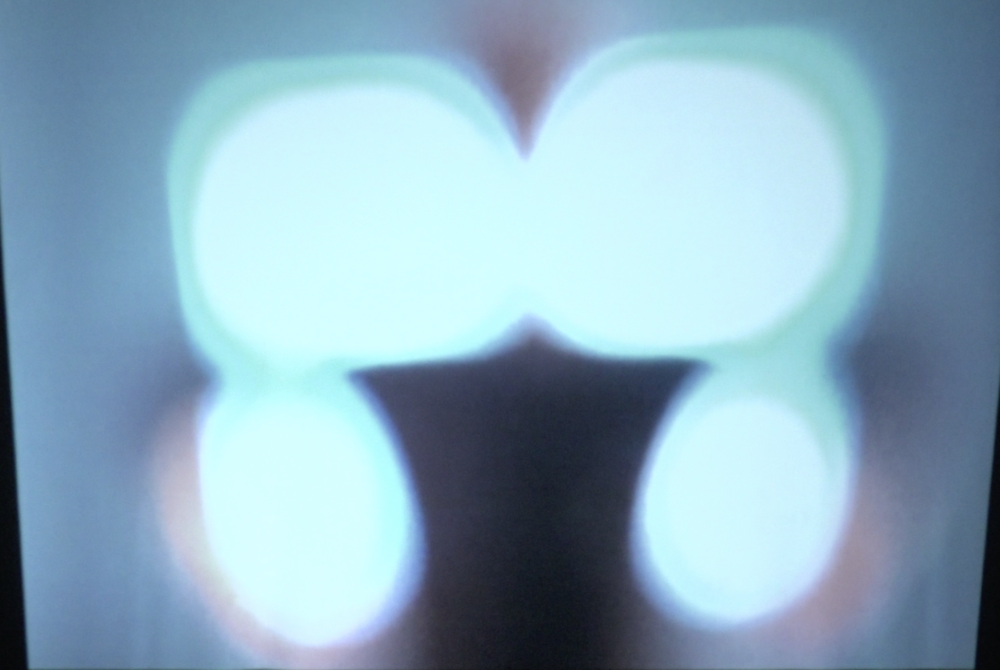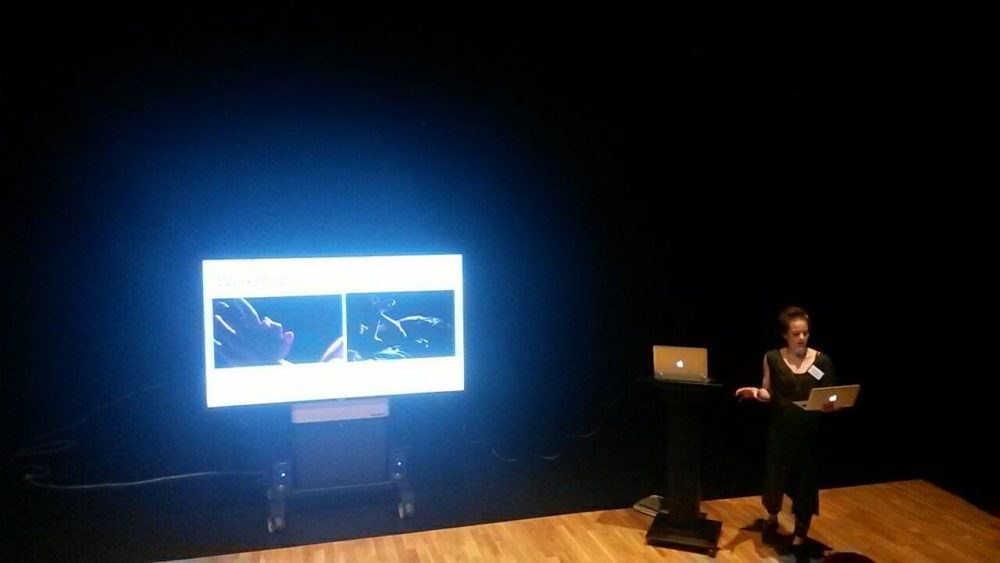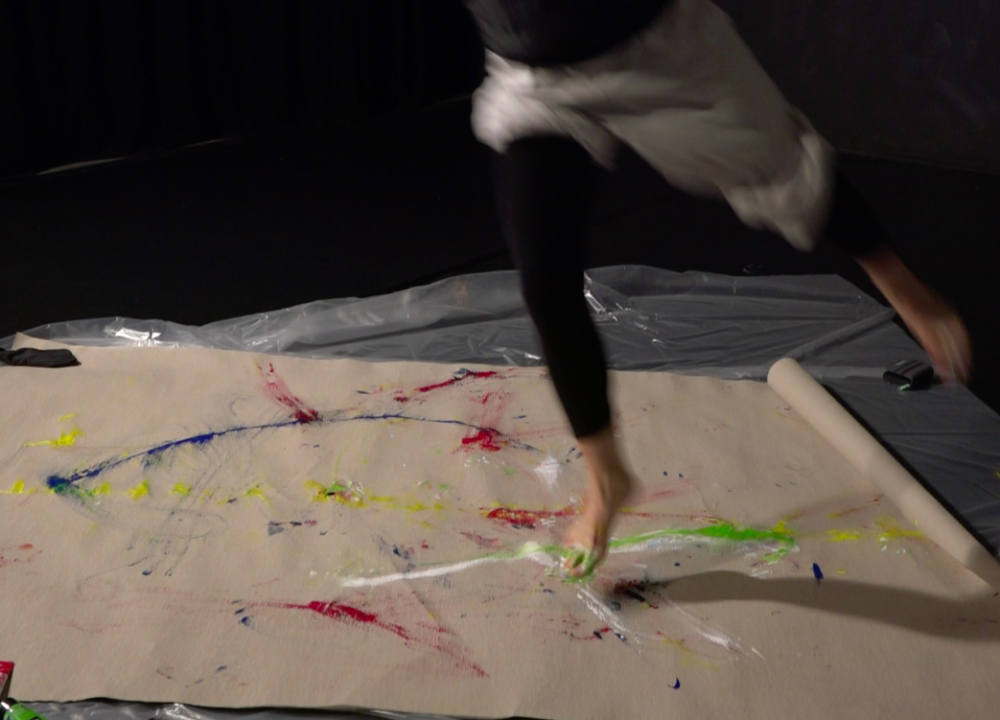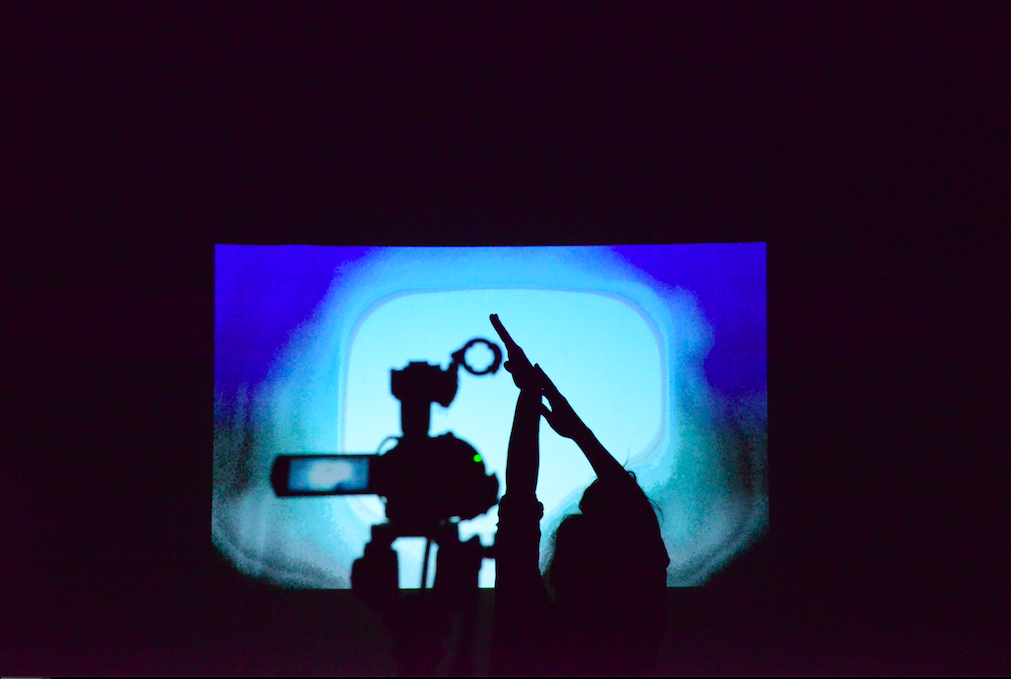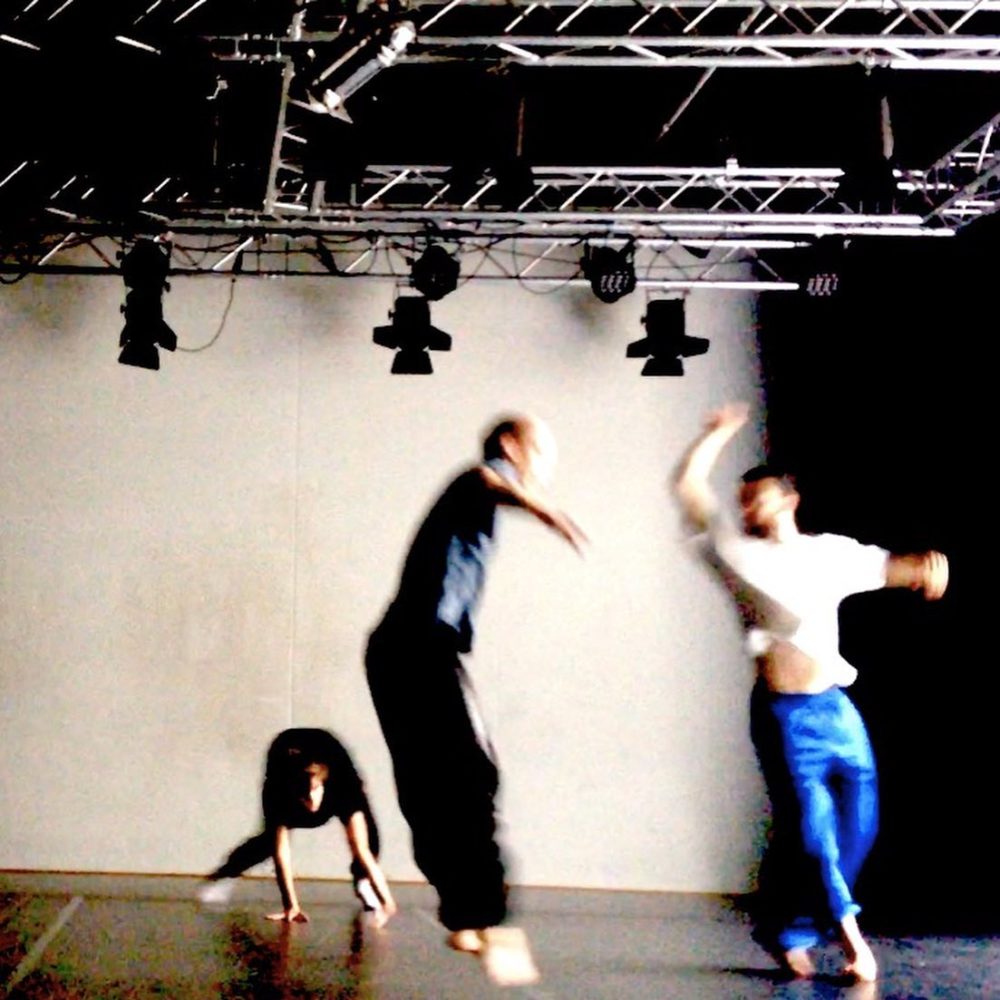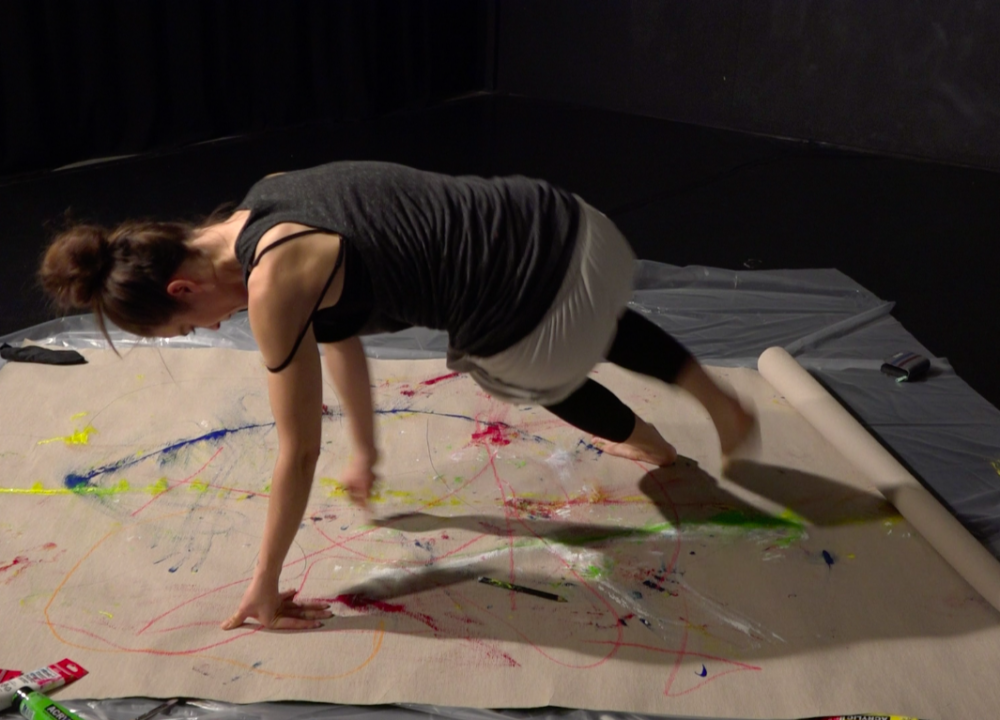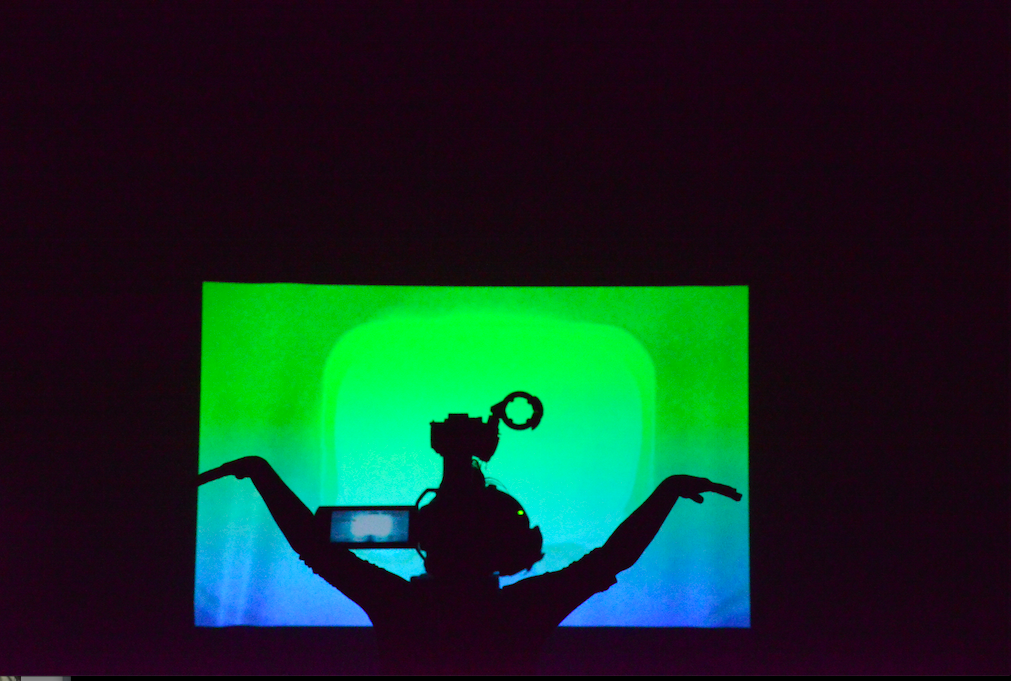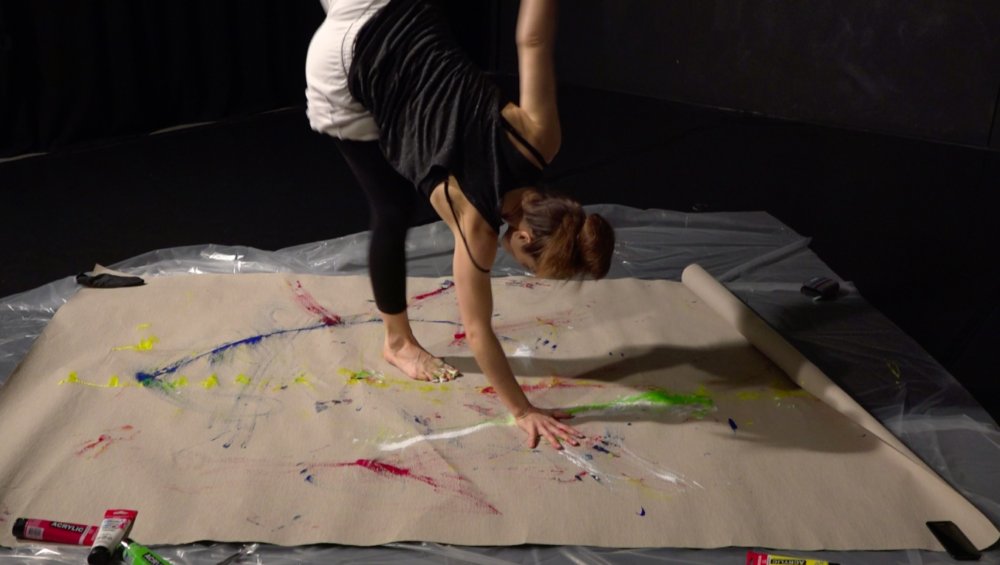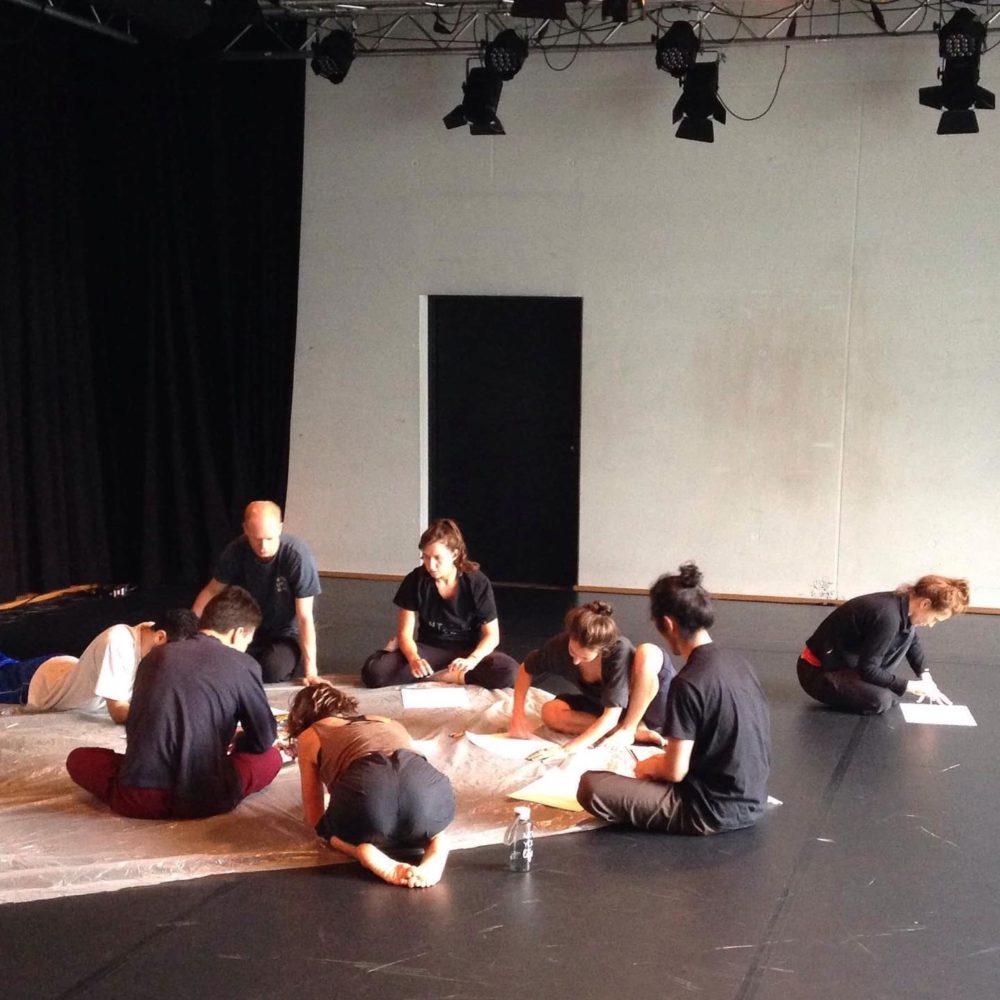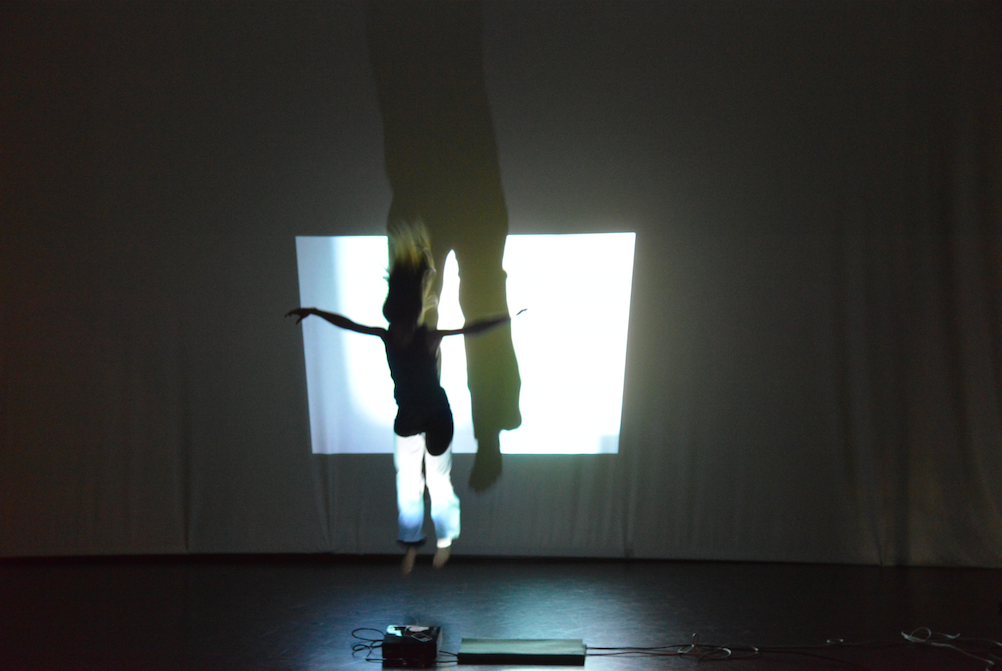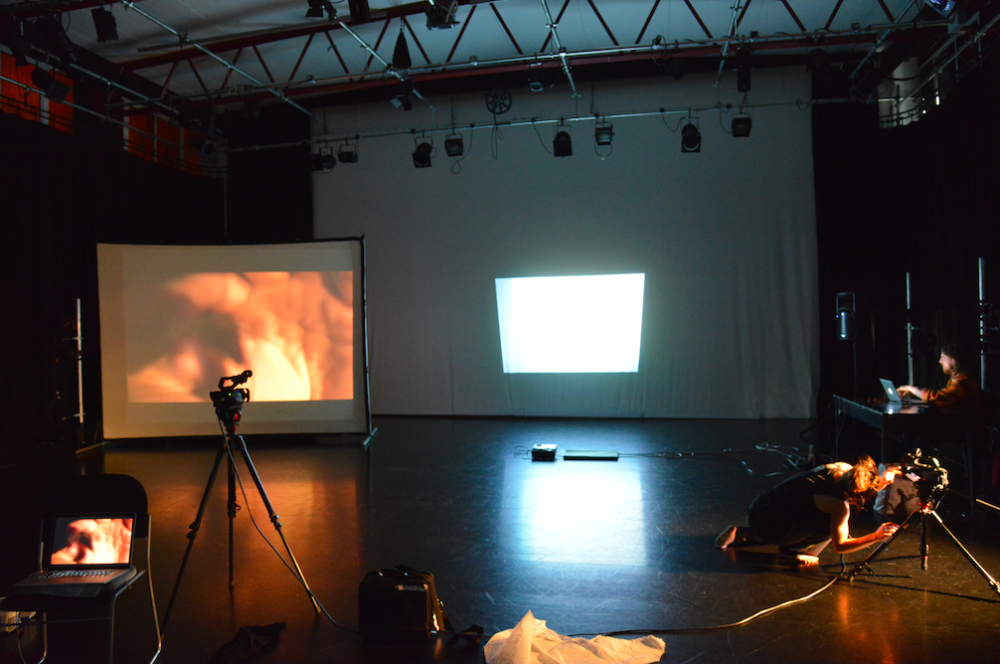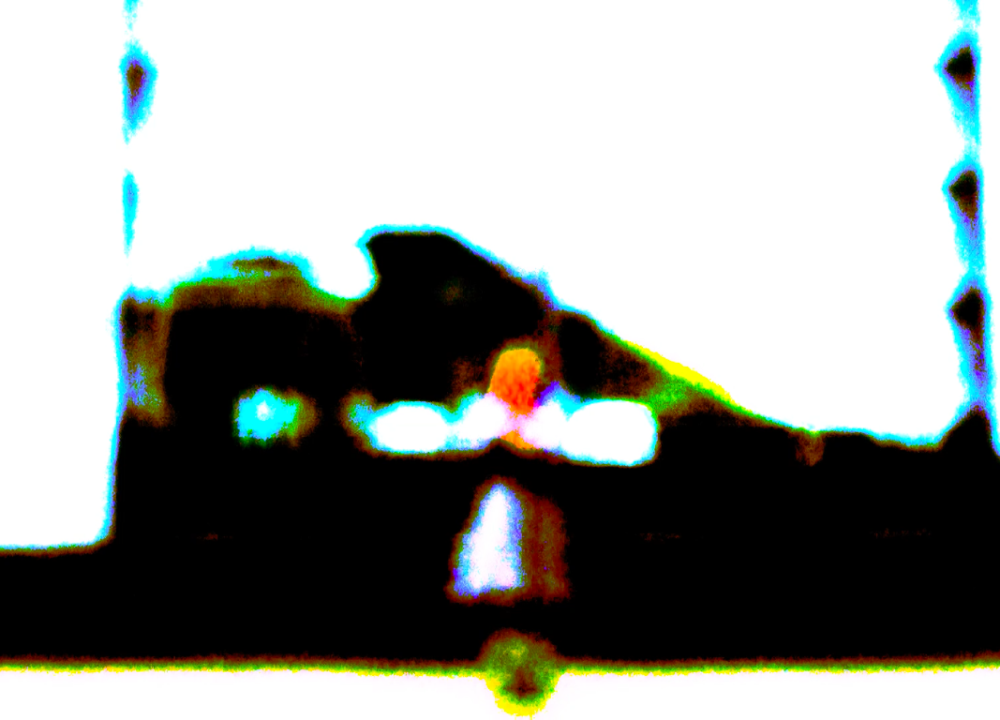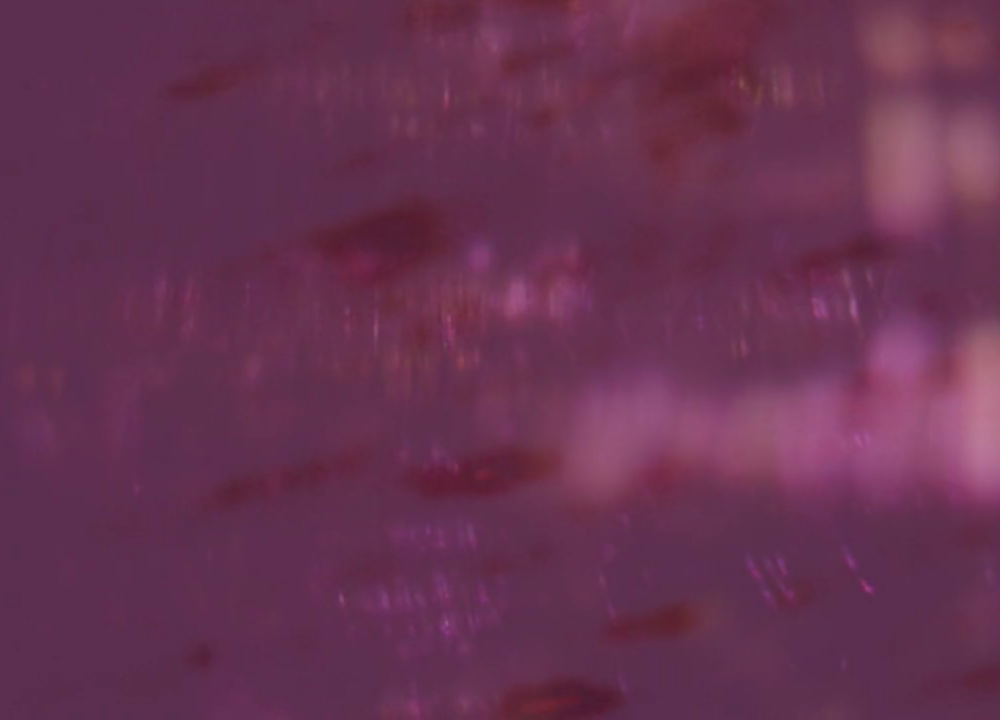Research – Synaesthesia, Embodiment and Dance
Stephanie Scheubeck has been undertaking artistic as well as academic research into the relationship between synaesthesia, embodiment and dance since 2016.
In an initial practice-led research project as part of her MA in Dance studies at Bath Spa University (UK, 2016/17) she investigated ‘The Influence of Synaesthesia on Decision-Making in Dance Improvisation’ with a focus on sound-to-colour synaesthesia and somatic dance practice. Since then, Stephanie has broadened the area of research, which now also includes investigations on the relationship between kinesthetic empathy and synaesthesia.
The interest in the research derives from Stephanie’s synaesthetic experiences and their rich influence on her life and art making as well as from her intention to promote synaesthesia as an example for diversity in society: the beauty, richness and value in how we all perceive the world so individually, in countless, enriching unique ways.
Her research and her artistic projects mutually inform one another. The digital and multi-disciplinary performance production Lucidity is an artistic result of her practice-led research. With her Sound & Colour Production, she continues the research, e.g. during several Research & Development residencies in England, Germany and Ireland since 2018.
Her article Colours on the surface of my body in motion: The relationship between synaesthesia and dance improvisation has been published by Intellect Publishers in the Journal of Dance and Somatic Practices (Vol 11: 1 – ‘Wright-ing the Somatic: Narrating the Bodily’).
Stephanie was invited to present her research as 20 minute papers and workshops at the following symposiums
- Bodily Undoing: Somatic Practices and Performance Cultures as Practices of Critique (Bath Spa University/2017)
- Narrating the Somatic: Gathering voices, sharing practices (Middlesex University/2018)
- AV-Body: The Audio-Visual Body (Huddersfield University/2018)
- Queering the Somatic: Interrupting the Narrative (Middlesex University/2019)
More information on Stephanie’s Practice as Research Project can be found on pages 3-9 in her article Colours on the surface of my body in motion: The relationship between synaesthesia and dance improvisation, Journal of Dance & Somatic Practices, 11:1, pp. 25–37, doi: 10.1386/jdsp.11.1.25_1
Information on synaesthesia:
The term synaesthesia describes a rare phenomenon where the trigger of one sense simultaneously and involuntarily triggers a second sense (Grossenbacher and Lovelace 2001: 36). The term also includes experiences that occur not by the stimulus of a sense but of a concept, which is called ‘synesthetic conception’, for example letters and numbers are of specific colours (Grossenbacher and Lovelace 2001: 36, original emphasis). People who are affected by synaesthesia, are called synaesthetes. They experience an unusual blending of the senses, such as ‘extraordinary sensations of colours, tastes, shapes etc., triggered by everyday activities such as reading, listening to music, eating, and so on. Synaesthetes might see colours when they hear sounds’, which is known as ‚sound-to-colour synaesthesia’ (Simner 2012: 1; Ward et al. 2006: 266). [Many] synaesthetes, documented in previous research, […] perceive most of their synaesthetic images as colours, textures and shapes spatially arranged, either in an internal mental space or sometimes projected into the space around [them] (e.g. Cytowic cited in Simner 2012: 8; Dixon et al. 2004: 335-336; Chiou et al. 2013: 1755). A person with sound-to-colour synaesthesia can ’describe the movement of colours, and their relative positions within a mental space’ (Simner, 2012, p. 17-18).
There are at least 150 types of synaesthesia known today and approximately 4 per cent of the population are estimated to be synaesthetes (Day cited in Simner 2012: 2; Cytowic and Eagleman cited in Simner 2013: 149; Simner et al. cited in Asher and Carmichael 2013: 25).
References:
Chiou, Rocco, Stelter, Marleen and Rich, Anina N. (2013), ‘Beyond colour perception: Auditory–visual synaesthesia induces experiences of geometric objects in specific locations’, Cortex, 49: 6, pp. 1750–1763, https://doi.org/10.1016/j.cortex.2012.04.006. Accessed 25 May 2019.
Dixon, Mike J., Smilek, Daniel and Merikle, Philip M. (2004), ‘Not all synaesthetes are created equal: Projector versus associator synaesthetes’, Cognitive Affective & Behavioral Neuroscience, 4:3, pp. 335–343, https://doi.org/10.3758/CABN.4.3.335. Accessed 25 May 2019.
Grossenbacher, Peter G. and Lovelace, Christopher T. (2001), ’Mechanisms of synesthesia: Cognitive and physiological constraints’, TRENDS in Cognitive Sciences, 5:1, pp. 36-41, https://doi.org/10.1016/S1364-6613(00)01571-0. Accessed 15 November 2016.
Simner, J. (2012), ‘Defining synaesthesia’, British Journal of Psychology, 103:1, pp. 1–15, https://doi.org/10.1348/000712610X528305. Accessed 8 November 2016.”
Ward, Jamie, Huckstep, Brett and Tsakanikos, Elias (2006), ‘Sound-Colour Synaesthesia: to What Extent Does it Use Cross-Modal Mechanisms Common to us All?’, Cortex, 42:2, pp. 264-280, https://doi.org/10.1016/ S0010-9452(08)70352-6. Accessed 25 May 2019.
Further Information:
The Oxford Handbook of Synesthesia Editors: Julia Simner and Edward M. Hubbard Oxford University Press, 2013
